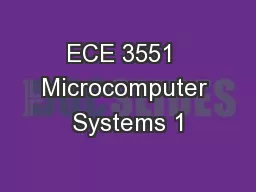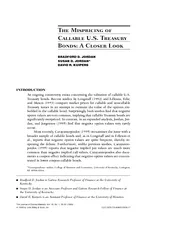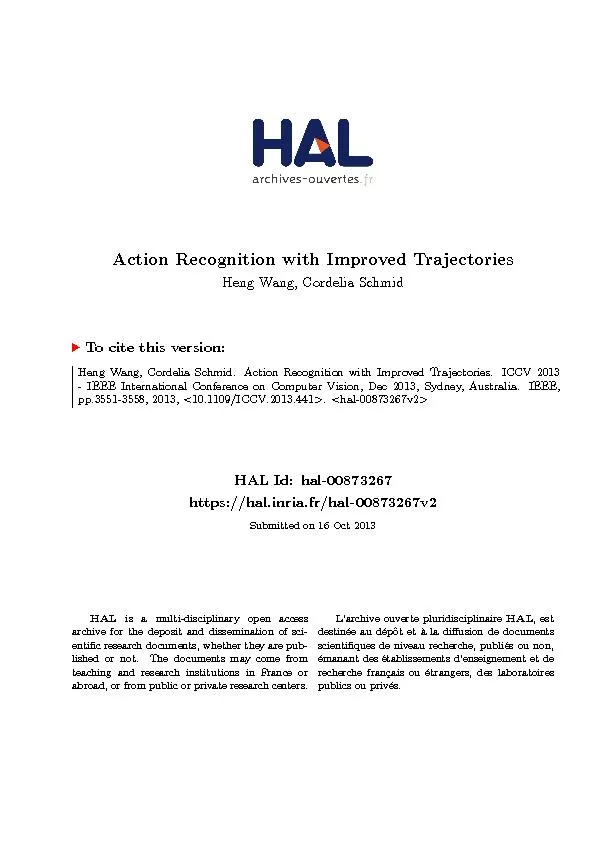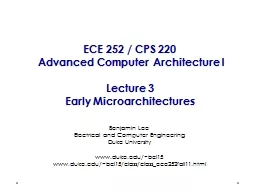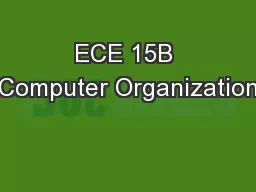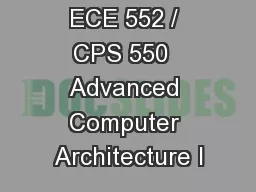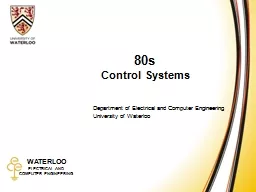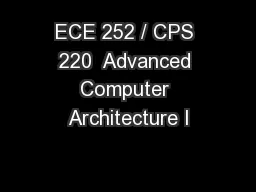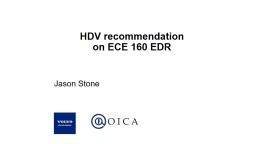PPT-ECE 3551 Microcomputer Systems 1
Author : conchita-marotz | Published Date : 2018-11-14
OMAPL137 Applications Processor System Highlights Dual Core SoC 375456MHz ARM926EJS RISC MPU 375456MHz C674x VLIW DSP TMS320C674x FixedFloatingPoint VLIW DSP
Presentation Embed Code
Download Presentation
Download Presentation The PPT/PDF document "ECE 3551 Microcomputer Systems 1" is the property of its rightful owner. Permission is granted to download and print the materials on this website for personal, non-commercial use only, and to display it on your personal computer provided you do not modify the materials and that you retain all copyright notices contained in the materials. By downloading content from our website, you accept the terms of this agreement.
ECE 3551 Microcomputer Systems 1: Transcript
Download Rules Of Document
"ECE 3551 Microcomputer Systems 1"The content belongs to its owner. You may download and print it for personal use, without modification, and keep all copyright notices. By downloading, you agree to these terms.
Related Documents

